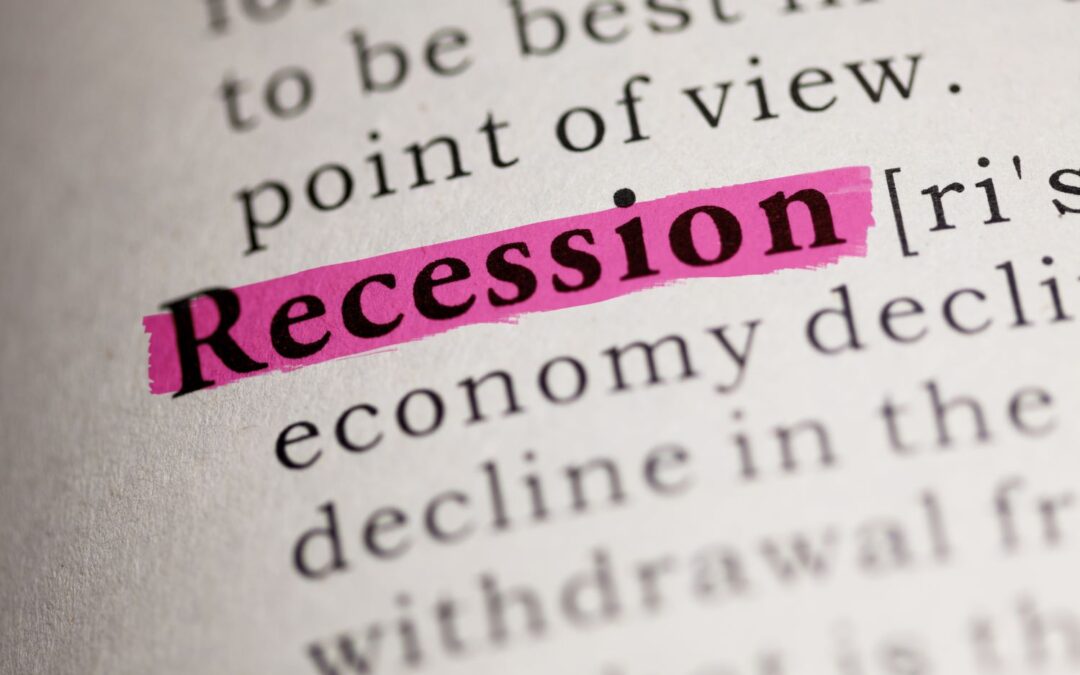Australia is yet to breach the two consecutive quarters of GDP that defines conventionally a recession, but other indicators such as GDP per head, falling nominal GDP and weak household disposable income are all flashing recession-like. The soft components in the Q2 GDP reading add to recent indications of a softening labour market and declining annual inflation meaning that the RBA will stay on hold over the next two months, even if other central banks overseas find cause to hike their higher than Australian official interest rates further.
Returning to Australia’s Q2 GDP report, real GDP growth rose 0.4% q-o-q in Q2 after an upwardly revised 0.4% increase and annual year-on-year GDP growth at 2.1% although down from 2.4% in Q1 and that is about where any good news in the report stops.
The growth in real GDP came from population growth, mostly the rush of migrants on temporary visas. Real GDP per head fell by 0.3% q-o-q in Q2 after a similar fall in Q1 and was also down by 0.3% y-o-y. The two key drivers of real GDP growth are population growth and productivity growth. Australian growth has been flying on population growth over the last few quarters and even despite a record post-pandemic-shutdown lift in population growth real GDP growth has been slowing.
The impact on GDP of fast population growth has been offset mostly by still deteriorating productivity growth. Already abysmal productivity (GDP per hour worked) worsened in Q2 to -2.0% q-o-q from -0.4% q-o-q in Q1. Annual year-on-year GDP per hour worked was down 3.6% in Q2. While the RBA may add slow GDP growth to the mounting list of reasons to keep the cash rate on hold at 4.10%, further deterioration in productivity alongside wage growth running above 3.5% y-o-y and accelerating on recent wage agreements spells a mounting challenge getting inflation down to 2-3% target and keeping it there.
Additional evidence of poor productivity in the Q2 GDP report spells sticky inflation ahead and means that the RBA will be warier of starting to cut the official cash rate even though economic growth is clearly slowing. Also, barring a substantial turn for the better in the productivity story, even when the RBA does start to cut the official cash rate its capacity to cut will be quite limited.
Meanwhile there is evidence aplenty in the Q2 GDP report that the economy is slowing and will continue to slow. Inside the spending components of real GDP household consumption expenditure accounting for more than 60% of GDP rose only 0.1% q-o-q and while up 1.5% y-o-y that annual change will slow sharply over coming quarters if the quarterly change in household consumption spending stays at only 0.1% q-o-q. Much more likely household consumption spending will slip sub-zero growth over approaching quarters as the cost-of-living crisis continues to bite and households become more cautious cutting into savings to fund spending.
Household disposable income after allowing for interest payments continues to fall and means that households can only lift their spending by running down savings. The household savings ratio fell again in Q2, down to 3.2% from 3.6% in Q1 and 8.1% in Q2 2022. The household savings ratio can continue to fall to fund household spending, but this process is likely to be limited as the household sector recognises weaker more challenging economic conditions ahead driving a need to build up a savings buffer rather than run it down further.
Investment spending (gross fixed capital spending) was a bright spot in Q2 up 2.4% q-o-q and contributing 0.5 percentage points (pps) to GDP but driven substantially by government capital spending, up 8.2% q-o-q and contributing 0.4 pps of the total 0.5pps of capital spending to GDP. A clear bunching of public works in the quarter implies weak growth if not falling government capital spending in Q3.
Another strong contributor to real Q2 GDP growth was exports, up 4.3% q-o-q in real terms and contributing 1.0pps and by far the major share. The bad news was that export prices fell by 8.2% q-o-q contributing to a 7.9% q-o-q fall in Australia’s terms of trade (export prices relative to import prices), the biggest fall since Q2 2009. The volume of Australia’s exports lifted sharply in Q2, but what was received for them fell sharply. That fall in export revenue in Q2 accounts largely for why the gross operating surplus (profits) of private non-financial corporations fell 8.2% q-o-q in Q2.
Lower export prices also transformed the 0.4% q-o-q lift in real GDP in Q2 to a 1.2% q-o-q fall in nominal (current price) GDP. The GDP that features every day in company profitability and ability to pay costs including wages was down a hefty 1.2% q-o-q in Q2 and for many that looks and feels like recession.
This week on Thursday we move further beyond Q2 with the release of the August labour force report. The July report provided a hint of weakness with employment down by 14,600 and the unemployment rate lifting to 3.7%. It was an isolated sign of weakness in a run of strong reports so far this year. Another soft reading for August (a sub +20,000 reading for employment and 3.7% or higher for the unemployment rate) would provide confirmation of a weaker turn in the labour market.
More evidence of a softening turn in the labour market would add materially to the case for the RBA to leave the cash rate on hold in October and November.
Author of the weekly economic report is away on leave for the next fortnight so the next economic report will be out on Monday 2nd October.

